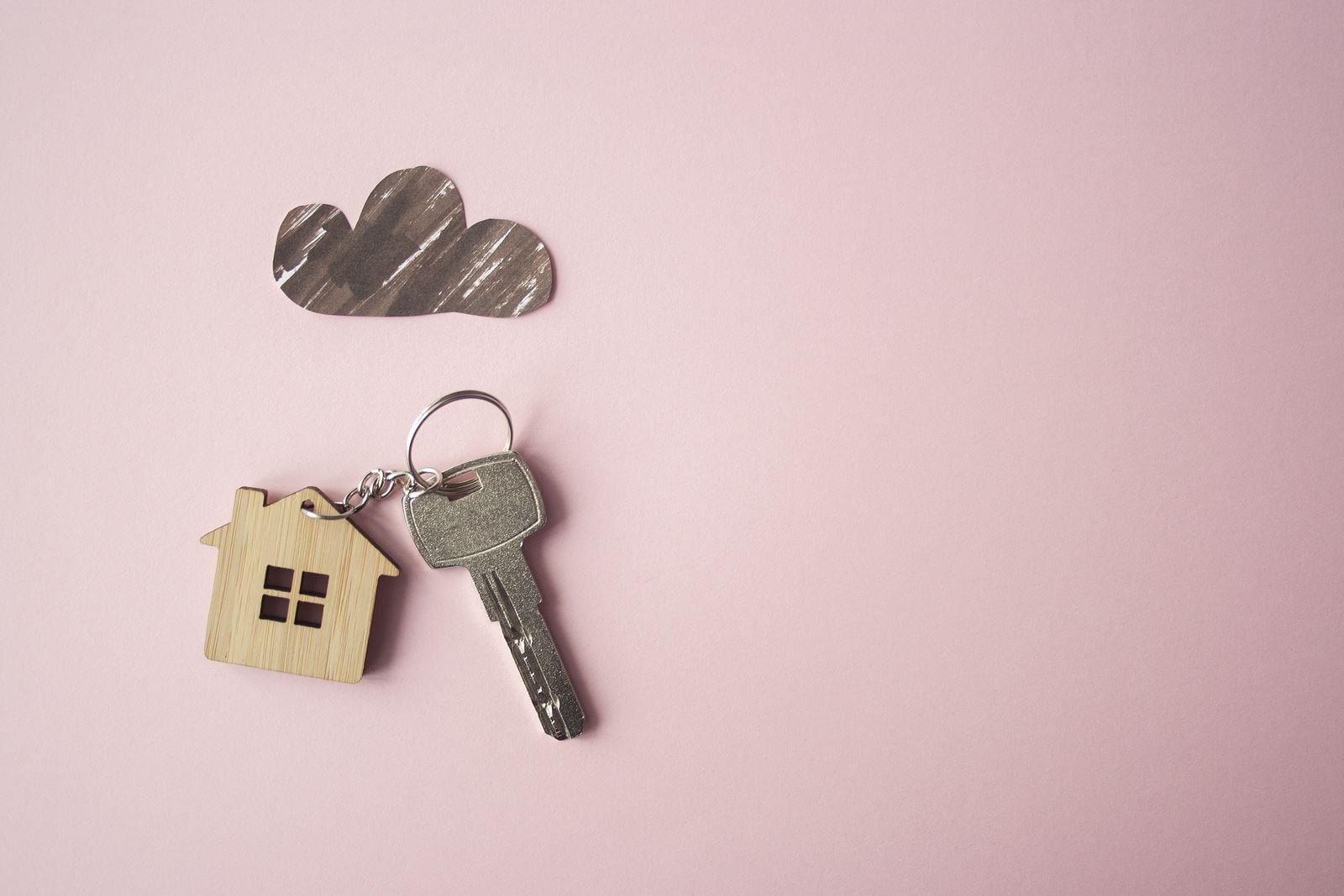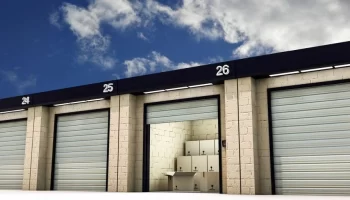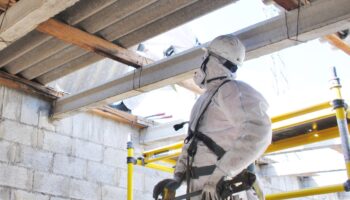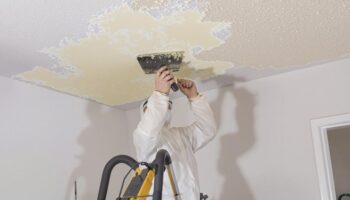Your personal objectives, time frame, and financial circumstances will ultimately determine how you decide to sell a property in bad shape. Do you want to spend time and money to negotiate a better price? This guide will assist you in assessing the condition of your home and helping you decide whether improvements and repairs are necessary.
Didn’t see it coming, did you? When a buyer wants a home inspection, the inspector visits the house and conducts the examination. Between two and four hours pass during the inspection, during which the inspector examines almost everything. When they are finished, however, they do not grade the house as “Pass” or “Fail.” Additionally, they fail to check the box labelled “Poor Condition.” So, what “poor condition” actually entails depends on a variety of variables. Have a look at Get a quick sale for your CT house
In the real estate industry, “poor condition” is a relative word that means different things in different markets.
1. Completely Unlivable
Absolute uninhabitable homes have several problems that make them unfit for anyone to live in, perhaps out of fear for their safety.
- Serious electrical problems
- Serious plumbing issues
- Significant or severe roof damage
- Infestation of termites
- Serious foundational problems
- Heating, Ventilation, and Air Conditioning malfunction
2. Needs extensive repairs
Major repairs might classify a house as being in “poor condition” even if it is livable, according to purchasers and their representatives.
- Broken flooring
- Faucets that are broken or not working
THREE STRATEGIES FOR OBTAINING A FAIR PRICE WHEN SELLING A DAMAGED PROPERTY
1. Take no action and market it “as is”
You can proceed and sell your home “as is” if you are not interested in making any improvements to it before putting it on the market. Even though the buyer enters the house sale aware that they will likely be responsible for addressing these flaws as well as any further issues that the inspection may uncover, you are still required by your state’s laws to disclose any known difficulties. If a buyer asks for concessions or repairs based on the condition of the property, you can still bargain with them.
2. Only do inexpensive cosmetic repairs
It could make sense to do a few of the inexpensive, aesthetic repairs to your property if it needs a lot of major and small repairs due to its bad condition to increase its appeal to purchasers.
The large-ticket things (like the roof or HVAC) that still have a few years of useful life remaining will last longer if you do the smaller improvements before advertising them.
3. Make some significant improvements or repairs.
If your house is in really bad shape, it can have serious issues that, when added up, would be too much for the typical buyer to take on. While you might not want to spend tens of thousands of dollars, it can make sense to undertake one or two significant repairs to raise the list price of your house to a more reasonable level.





